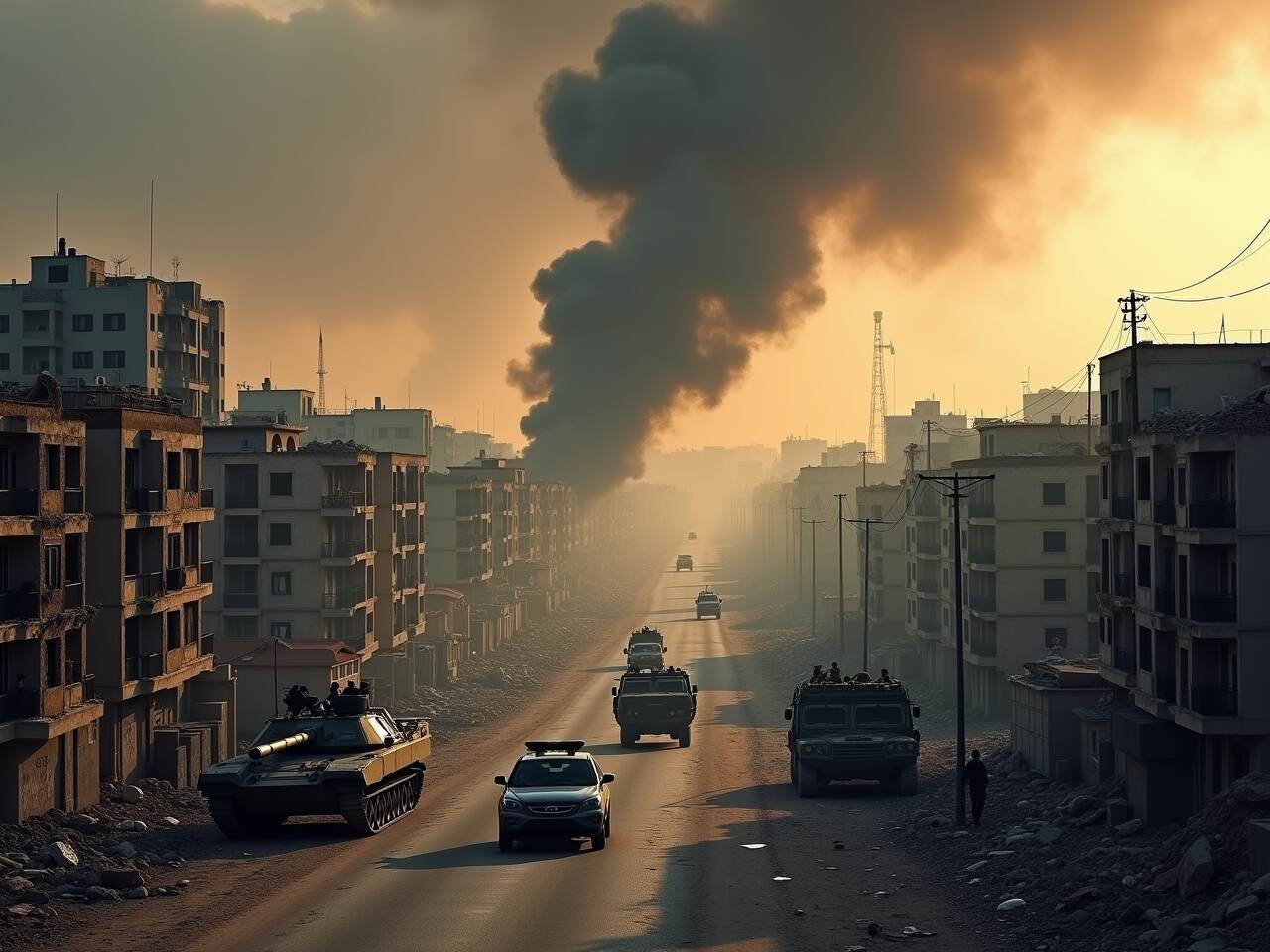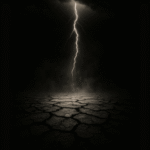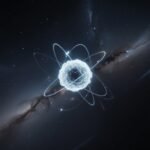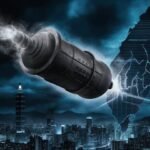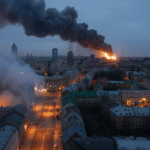- Home
- ScienceDiscover the latest updates from across the United States, including politics, culture, economy, and trending stories. Stay informed on the key events shaping the nation and the topics everyone’s talking about.
- EconomyOur Economy page provides comprehensive reporting on international financial systems, trade dynamics, development economics, and macroeconomic policy. Drawing on expert analysis and institutional data, we illuminate the interconnected nature of global markets and their real-world implications for governance and inequality.
- HealthWe examine global health issues through the lens of policy, access, equity, and innovation. From pandemics and healthcare infrastructure to mental health and biotechnological breakthroughs, our health reporting is rooted in empirical data, expert insight, and a commitment to understanding health as a cornerstone of human development.
- HistoryThis section revisits critical junctures in world history, emphasizing the relevance of historical events in shaping present-day global affairs. Through scholarly narratives and fact-anchored storytelling, we uncover the often-overlooked patterns, power structures, and human decisions that have left a lasting imprint on international relations and societies.
- PoliticsOur Politics section offers in-depth analysis of international political developments, ideological movements, and institutional shifts. With a focus on global governance, diplomacy, and geopolitical strategy, we provide nuanced reporting that transcends partisan narratives and situates events within their broader historical and structural contexts.
- War & ConflictThis section delivers meticulous coverage of international conflicts, civil wars, military strategies, and peace negotiations. We prioritize geopolitical context, long-term impact, and the role of state and non-state actors—eschewing sensationalism in favor of sober, historically informed analysis.
- TechnologyWe critically examine the global technology landscape—from artificial intelligence and cybersecurity to digital policy and ethical innovation. Our reporting focuses not just on what is being built, but why it matters: how technological change influences governance, economy, security, and human life on a planetary scale.
- Features
- Home
- ScienceDiscover the latest updates from across the United States, including politics, culture, economy, and trending stories. Stay informed on the key events shaping the nation and the topics everyone’s talking about.
- EconomyOur Economy page provides comprehensive reporting on international financial systems, trade dynamics, development economics, and macroeconomic policy. Drawing on expert analysis and institutional data, we illuminate the interconnected nature of global markets and their real-world implications for governance and inequality.
- HealthWe examine global health issues through the lens of policy, access, equity, and innovation. From pandemics and healthcare infrastructure to mental health and biotechnological breakthroughs, our health reporting is rooted in empirical data, expert insight, and a commitment to understanding health as a cornerstone of human development.
- HistoryThis section revisits critical junctures in world history, emphasizing the relevance of historical events in shaping present-day global affairs. Through scholarly narratives and fact-anchored storytelling, we uncover the often-overlooked patterns, power structures, and human decisions that have left a lasting imprint on international relations and societies.
- PoliticsOur Politics section offers in-depth analysis of international political developments, ideological movements, and institutional shifts. With a focus on global governance, diplomacy, and geopolitical strategy, we provide nuanced reporting that transcends partisan narratives and situates events within their broader historical and structural contexts.
- War & ConflictThis section delivers meticulous coverage of international conflicts, civil wars, military strategies, and peace negotiations. We prioritize geopolitical context, long-term impact, and the role of state and non-state actors—eschewing sensationalism in favor of sober, historically informed analysis.
- TechnologyWe critically examine the global technology landscape—from artificial intelligence and cybersecurity to digital policy and ethical innovation. Our reporting focuses not just on what is being built, but why it matters: how technological change influences governance, economy, security, and human life on a planetary scale.
- Features
Now Reading: Why Kamchatka Is Prone to Powerful Earthquakes
-
01
Why Kamchatka Is Prone to Powerful Earthquakes
- Home//
- Science//Discover the latest updates from across the United States, including politics, culture, economy, and trending stories. Stay informed on the key events shaping the nation and the topics everyone’s talking about.
- Economy//Our Economy page provides comprehensive reporting on international financial systems, trade dynamics, development economics, and macroeconomic policy. Drawing on expert analysis and institutional data, we illuminate the interconnected nature of global markets and their real-world implications for governance and inequality.
- Health//We examine global health issues through the lens of policy, access, equity, and innovation. From pandemics and healthcare infrastructure to mental health and biotechnological breakthroughs, our health reporting is rooted in empirical data, expert insight, and a commitment to understanding health as a cornerstone of human development.
- History//This section revisits critical junctures in world history, emphasizing the relevance of historical events in shaping present-day global affairs. Through scholarly narratives and fact-anchored storytelling, we uncover the often-overlooked patterns, power structures, and human decisions that have left a lasting imprint on international relations and societies.
- Politics//Our Politics section offers in-depth analysis of international political developments, ideological movements, and institutional shifts. With a focus on global governance, diplomacy, and geopolitical strategy, we provide nuanced reporting that transcends partisan narratives and situates events within their broader historical and structural contexts.
- War & Conflict//This section delivers meticulous coverage of international conflicts, civil wars, military strategies, and peace negotiations. We prioritize geopolitical context, long-term impact, and the role of state and non-state actors—eschewing sensationalism in favor of sober, historically informed analysis.
- Technology//We critically examine the global technology landscape—from artificial intelligence and cybersecurity to digital policy and ethical innovation. Our reporting focuses not just on what is being built, but why it matters: how technological change influences governance, economy, security, and human life on a planetary scale.
- Features//
- Home
- Natural Disaster
- Why Kamchatka Is Prone to Powerful Earthquakes
Why Kamchatka Is Prone to Powerful Earthquakes
Emma BarnesNatural DisasterJuly 20, 202531 Views
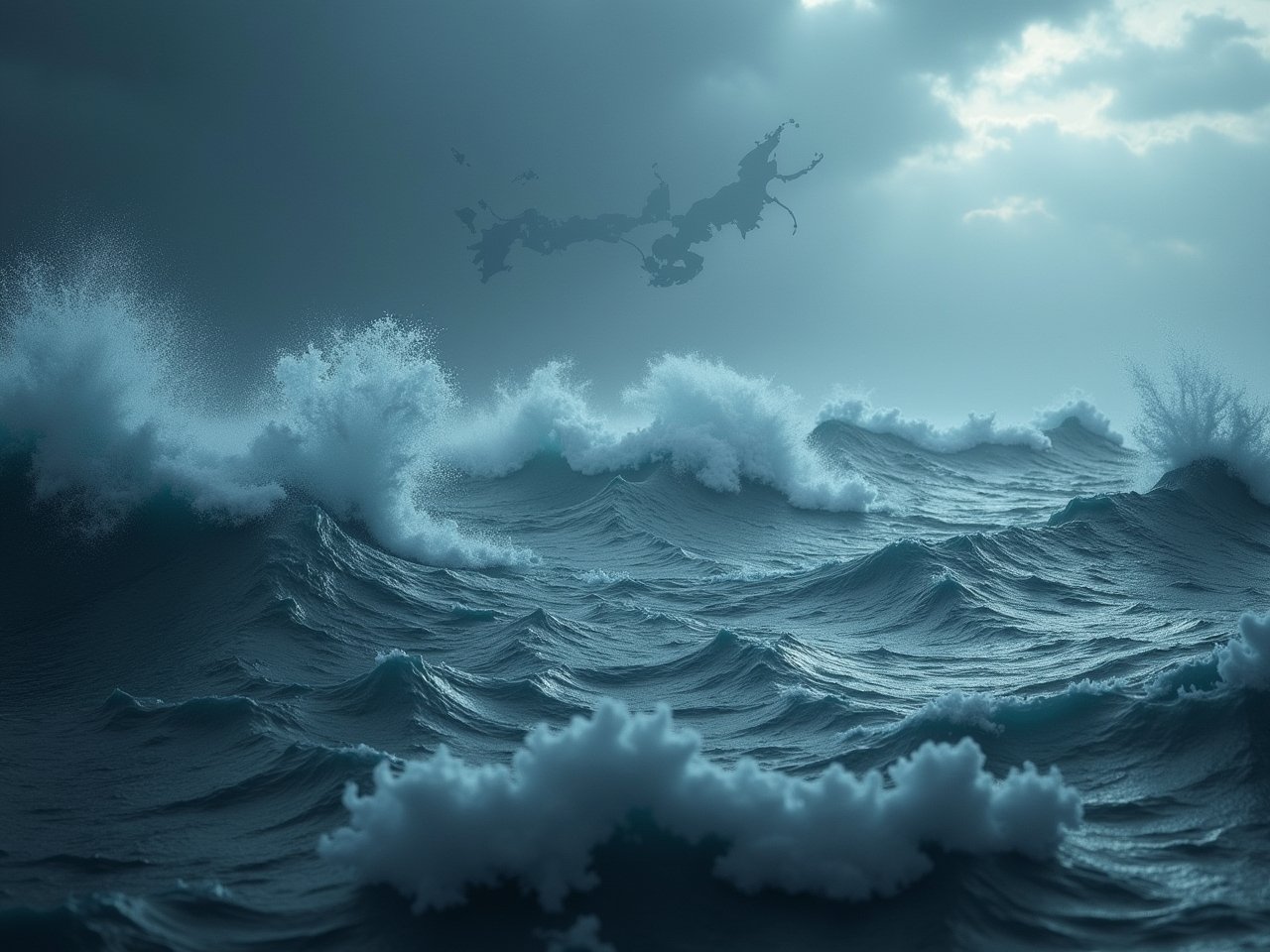
In July 2025, a magnitude 7.4 earthquake shook the deep waters off Russia’s Kamchatka Peninsula, followed within the same hour by two more strong quakes of 6.6 and 6.7 magnitude. The event triggered immediate tsunami warnings not only for eastern Russia but also as far as Hawaii, before the alert was canceled. Although the waves stayed under 1 meter, the speed and scale of the seismic activity reignited global attention toward Russia’s mysterious, quake-prone region.
But why does Kamchatka, a relatively remote corner of northeast Russia, experience so many large and destructive earthquakes? What makes this region one of the most seismically active places on Earth?
What Makes Kamchatka a Seismic Powerhouse?
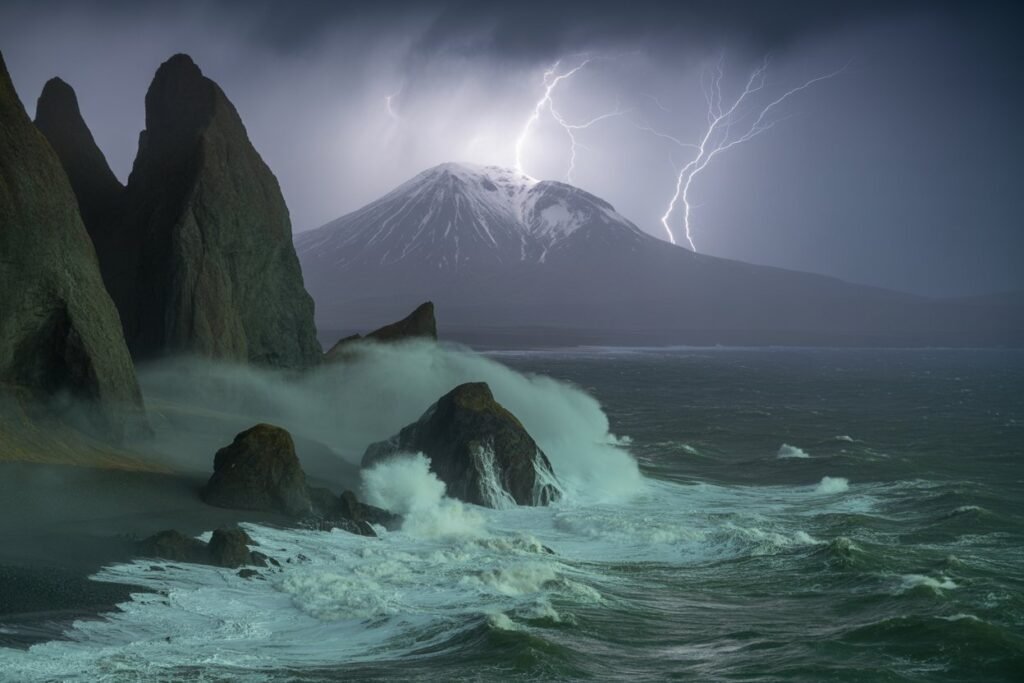
To understand Kamchatka’s violent tectonic personality, imagine the Earth’s crust behaving like slow-moving puzzle pieces that never stop colliding. Kamchatka is located at the meeting point of two massive tectonic plates: the Pacific Plate and the Okhotsk microplate, part of the larger North American Plate system.
This plate boundary is no ordinary zone—it is a subduction zone, where one plate (Pacific) dives underneath the other. This type of plate movement generates megathrust earthquakes, among the most powerful and deadly on the planet. Even minor shifts in this deep geological fault can release huge amounts of energy.
Kamchatka has a long and dramatic history of devastating earthquakes. One of the most infamous events occurred in 1952, when a magnitude 9.0 earthquake rocked the region. It triggered a tsunami nearly 18 meters high, which killed more than 2,300 people along the coast. Other major seismic events have been recorded in 1918, 1963, 2013, and 2020, all reinforcing the region’s reputation for large-scale seismicity.
These are not isolated incidents—they reflect the consistent tectonic behavior of a hyperactive geological zone.
Most Recommanded:
The Science Behind It: Plate Tectonics in Action
The Pacific Plate here is pushing northwestward at about 86 mm/year, constantly grinding against and diving beneath the continental crust.
This friction causes stress to build up over time. When the pressure exceeds the rock’s ability to hold it, it suddenly releases—triggering a powerful earthquake.
These “megathrust” quakes are known not only for their size but also for their ability to displace large volumes of ocean water, which leads to tsunamis. This is why the 2025 Kamchatka quake, despite no major damage, triggered regional and global warnings.
Earthquake Frequency: How Often Do Big Quakes Occur?
Between 1962 and 2022, seismologists recorded an average of:
- 0.47 earthquakes per year with magnitude 6.8 or above, and
- 0.17 earthquakes per year with a magnitude of 7.5 or greater.
This rate is exceptionally high compared to most regions around the world. Add to that thousands of microquakes that occur annually but go unnoticed by people, and you begin to see a clearer picture of just how restless this region really is.
Recent data shows that many of these larger quakes are preceded by swarms of smaller tremors. Seismologists often use this microseismic activity to predict future quakes or understand fault line behavior.
Depth and Aftershocks
Another reason these earthquakes feel intense is due to their shallow depth. Most Kamchatka earthquakes originate 10 to 30 kilometers below the surface, which means the energy doesn’t have far to travel.
The shallower the quake, the stronger the shaking felt on land.
The July 2025 quake, for example, struck at a depth of around 20 kilometers, close enough to trigger immediate concern. Although no major damage was reported this time, experts warn that the region’s past proves how quickly things can escalate.
Earthquakes and Volcanoes: A Dangerous Relationship
Kamchatka’s seismic intensity is closely tied to its volcanic landscape. The region lies within the notorious Pacific Ring of Fire, home to more than 160 volcanoes, of which 29 remain active.
When magma rises, it changes the pressure in underground chambers. This can shift surrounding rock layers, triggering earthquakes. Scientists continue to study this interaction to better predict both earthquakes and eruptions.
Why Russia Overall Faces Many Quakes
Between 1962 and 2020, over 23,000 seismic events were recorded in the Arctic, Far East, and Sea of Okhotsk.
Some, like the 2013 Okhotsk Sea Earthquake, occurred at extreme depths—more than 600 kilometers below the surface. Though deep-focus quakes usually don’t cause local destruction, they can be felt across thousands of kilometers and even affect structures on land.
Why the World Should Care
The Kamchatka region may seem distant, but its seismic activity holds global significance.
- Underwater cables and internet lines in the Pacific Ocean could be disrupted.
- Air traffic and shipping routes near Kamchatka are critical for trade and connectivity between Asia and North America.
Most importantly, studying this region helps scientists better understand tectonic behavior, improving earthquake preparedness and early warning systems globally.













